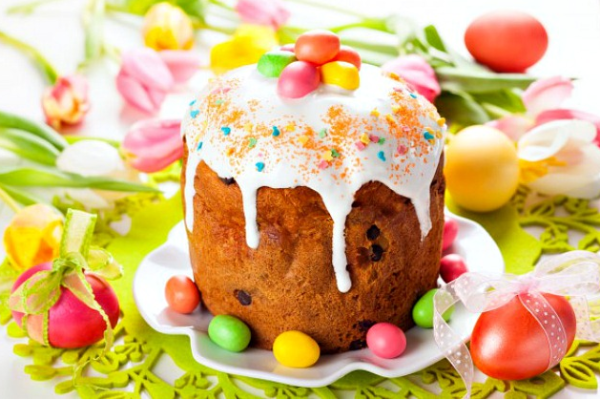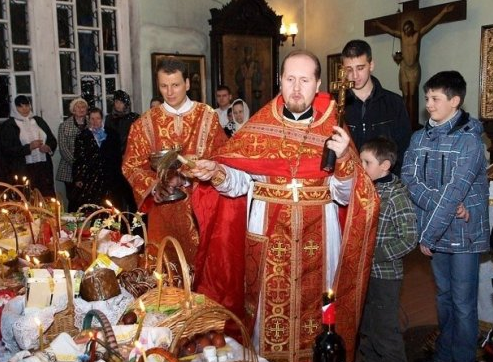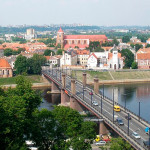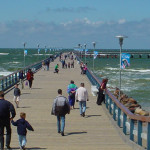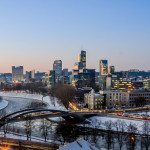22 Mar Easter in Lithuania
72 % of Lithuanians are members of the Roman Catholic Church. Like many other European countries, Lithuania has several different religions because of its history.Catholicism arrived from Poland to Lithuania. When Lithuania was annexed by Russia in 1795, the conquerers tried to convert the country to Orthodoxy. The University, which was founded by the Jesuits in 1579, was closed and many Catholich churches were converted to the new faith. The second largest denomination in Lithuania is Orthodoxy, 2.4% of the population. 1.3% of the population are Protestants. Vilnius and Trakai still have members from a former Turkish tribe, the karaims. They embrace features from Judaism. In the 16th century and later, Vilnius was the European center of Jewish culture. It was called Lithuanian or northern Jerusalem. Before the Second World War over 200 000 Jews lived in Lithuania, but the Nazis killed almost 90% of them. Today, there are only 6 000 Jews in the country, which is 0.2% of the population.
In the B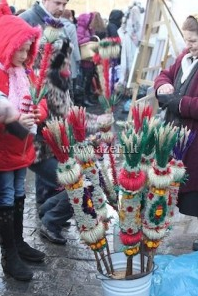 altic countries the Catholic version of Easter is the most important spring festival and it is celebrated on the first Sunday after full moon just before the Vernal Equinox. That is why the date of Easter is different every year and it varies from 22 March to 25 April. Easter is celebrated for three days, from Friday to Sunday. On the Easter morning a solemn service is held in honor of the resurrection of Jesus Christ.
altic countries the Catholic version of Easter is the most important spring festival and it is celebrated on the first Sunday after full moon just before the Vernal Equinox. That is why the date of Easter is different every year and it varies from 22 March to 25 April. Easter is celebrated for three days, from Friday to Sunday. On the Easter morning a solemn service is held in honor of the resurrection of Jesus Christ.
Easter is a bright family celebration, and two of the nearly mandatory features of the Easter table – Easter cakes and colored eggs, are staples in most families. Every year on Holy Saturday, the faithful gather in churches to meet the joyful celebration of Christ’s resurrection. The solemn Easter service begins during the night from Saturday to Sunday. As a rule, temples and churches are today filled to the brim full of worshipers, and faithful who came to see the splendor of the holiday service.
Traditionally silver cross is prescribed to the altar of the churches. Easter candles are lit and people are walking around the church in procession. Canticles can be heard all the time in the church.
After a festive liturgy the well-known Easter greeting takes place: people exchanging kisses and words of a perfect Easter greeting: “Christ is risen” – “Truly He is risen”. Then they begin to exchange colored eggs. The service in the churches today will last up to 2-3 hours of the night.

